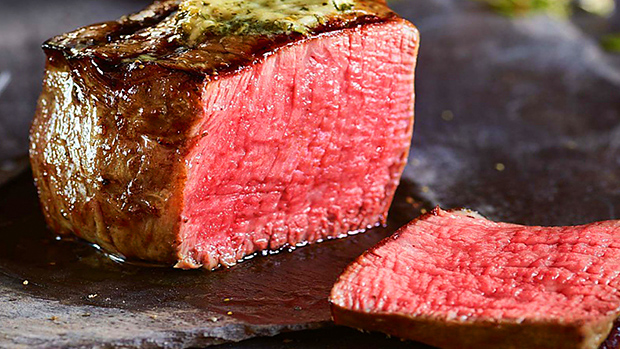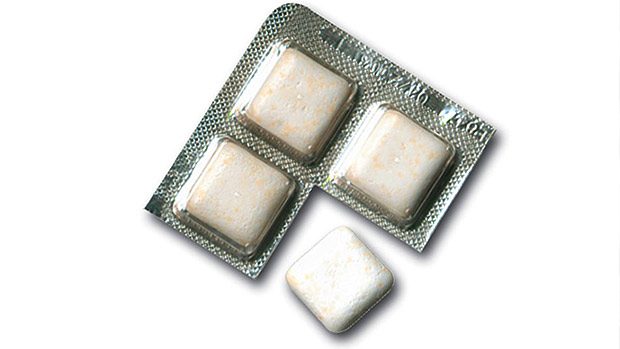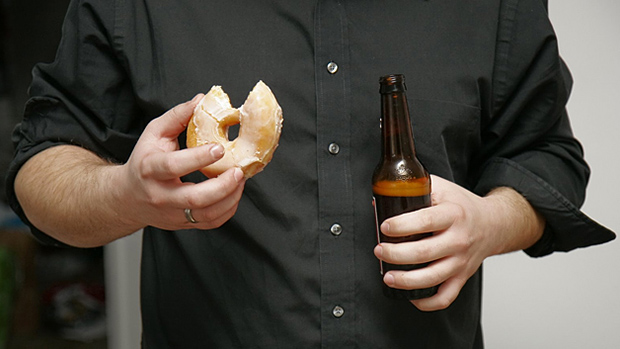Muscle tissue adapts to the stresses imposed on it, both structurally and functionally. When a muscle undergoes atrophy (shrinks from disuse), fewer nuclei are available to regulate muscle proteins. In contrast, when a muscle undergoes hypertrophy there's an increase in the amount of DNA available to the muscle fibers.
Resistance training can increase this "myonuclear domain" to various degrees. Not surprisingly, androgens have been shown to increase the number of nuclei in muscle cells above and beyond that seen from resistance training alone, and researchers from the University of Oslo in Norway recently reported that these nuclei aren't lost when training ceases.
In other words, athletes that have used anabolic steroids may have an increased form of "muscle memory" that gives them an advantage for far longer than previously thought.
Setting sticky ethical issues aside for a moment, this got me thinking:
What legal ways are there to increase the myonuclear domain?
Creatine, for example, has been shown to increase satellite cell proliferation and increase muscle fiber number. But how does creatine do this from a mechanistic standpoint?
No one really knows (yet), but if it's due to alterations in energy flux (by affecting the ATP/PCr and glycolytic pathways), then it's just possible that another well known, but sparsely used (at least by strength and physique athletes) supplement might do the same thing. It's admittedly preliminary, but human data already exist that suggest coQ10 can preserve type II (fast twitch) fibers during aging.
And guess what helps preserve the myonuclear domain with aging? Type II fibers! To steal a partial quote from Dodgeball,"I'm just spitballing here" but there's a reason creatine and coQ10 are a daily part of my supplement regimen.
Source
Muscles remember past glory
Extra nuclei produced by training survive disuse
Tina Hesman Saey
Science News. 2010 Sep 11; Vol.178 #6 (pg 15)






